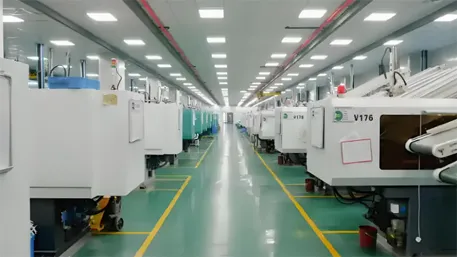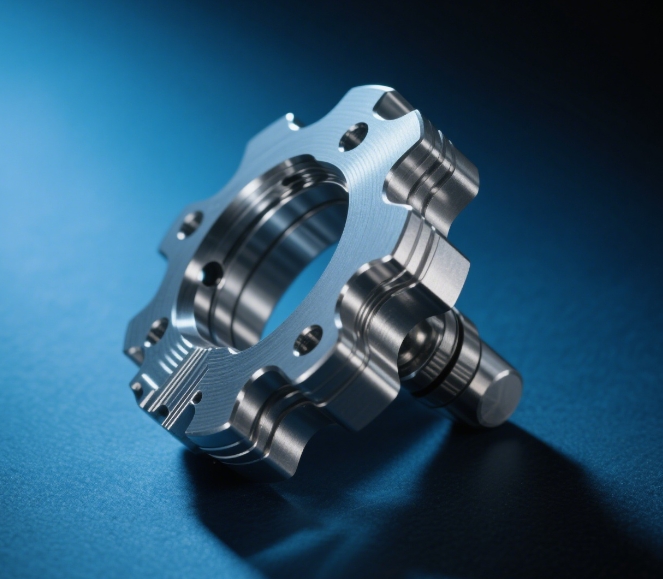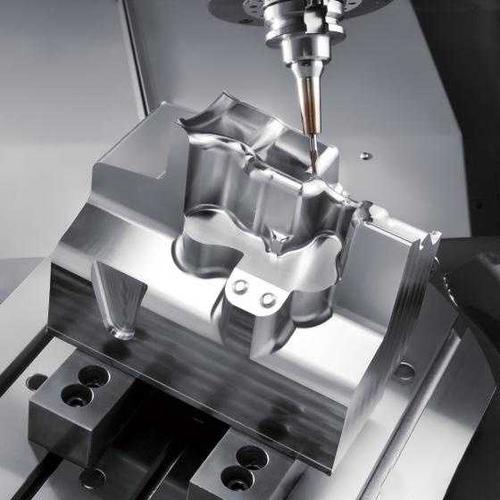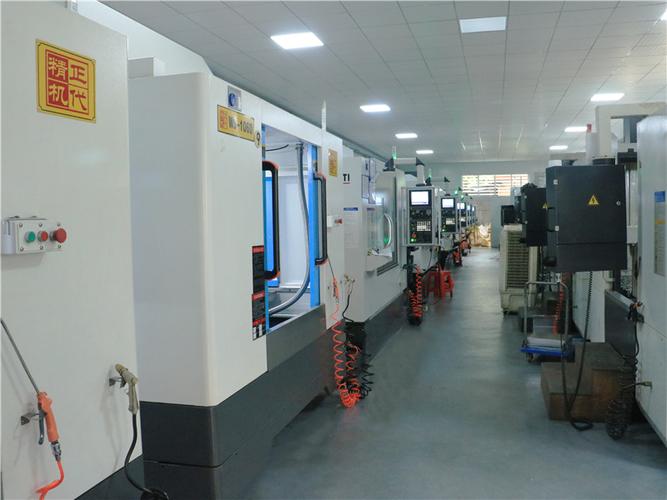The strongest injection molded plastic, when considering a balance of tensile strength, impact resistance, and heat tolerance, is polyetheretherketone (PEEK). It stands out for its exceptional mechanical properties, making it suitable for high-stress applications where other plastics would fail.
What makes PEEK the strongest?
PEEK’s strength stems from its unique molecular structure and performance characteristics:
- Tensile strength: PEEK has a tensile strength of 90–100 MPa (megapascals), far exceeding common plastics like ABS (40–50 MPa) or polypropylene (30–40 MPa). This means it can withstand significant pulling or stretching forces without breaking.
- Impact resistance: Even at low temperatures, PEEK resists cracking under sudden impacts, outperforming brittle high-strength plastics like acetal.
- Heat resistance: It retains strength at temperatures up to 260°C (500°F), making it ideal for high-heat environments (e.g., under-the-hood automotive parts or industrial machinery).
- Chemical resistance: PEEK is inert to most oils, solvents, and acids, ensuring strength isn’t compromised by exposure to harsh substances.
- Creep resistance: Unlike many plastics, PEEK resists gradual deformation under long-term stress—a critical trait for structural parts (e.g., load-bearing components in aerospace).
What other high-strength plastics are commonly used?
While PEEK is the strongest, other plastics offer excellent strength for less demanding applications:
- Nylon (PA) with glass fiber reinforcement: Glass-filled nylon (e.g., 30% glass-filled PA66) has a tensile strength of 80–90 MPa, close to PEEK but at a lower cost. It’s widely used in automotive parts (e.g., gears, brackets) and industrial components.
- Polyimide (PI): Offers tensile strength of 85–95 MPa and extreme heat resistance (up to 300°C) but is more difficult to injection mold due to its high melting point (380°C+) and requires specialized equipment.
- Polysulfone (PSU): Has a tensile strength of 70–80 MPa and good heat resistance (up to 150°C), making it suitable for medical devices and water treatment components.
What are the limitations of PEEK?
Despite its strength, PEEK has drawbacks:
- High cost: PEEK resin is significantly more expensive than other plastics (up to 10x the cost of nylon), making it impractical for low-budget or high-volume consumer goods.
- Molding challenges: It requires high injection pressures (2000–3000 bar) and temperatures (380–400°C), demanding specialized machinery and skilled operators. Poor molding conditions can lead to internal stresses that reduce its strength.
What applications require PEEK’s strength?
PEEK is reserved for critical, high-performance applications, such as:
- Aerospace: Components like fuel system parts, structural brackets, or wire insulation, where strength and heat resistance are vital.
- Medical devices: Surgical instruments, implantable components (e.g., spinal cages), and sterilizable tools, thanks to its biocompatibility and strength.
- Oil and gas: Downhole tools exposed to high pressure, heat, and corrosive fluids.
When to choose a weaker plastic instead?
For most consumer or industrial applications, PEEK’s strength is overkill. Glass-filled nylon or acetal offer sufficient strength at a fraction of the cost. For example:
- Automotive interior parts (e.g., door handles) use ABS or polypropylene.
- Consumer electronics (e.g., phone cases) rely on polycarbonate for a balance of strength and impact resistance.
Conclusion
PEEK is the strongest injection molded plastic, offering unmatched tensile strength, heat resistance, and durability. However, its high cost and molding complexity limit it to specialized, high-stress applications. For most uses, glass-filled nylon or other reinforced plastics provide an optimal balance of strength and affordability. When selecting a high-strength plastic, consider not just raw strength but also cost, processing ease, and compatibility with the application’s environment.







